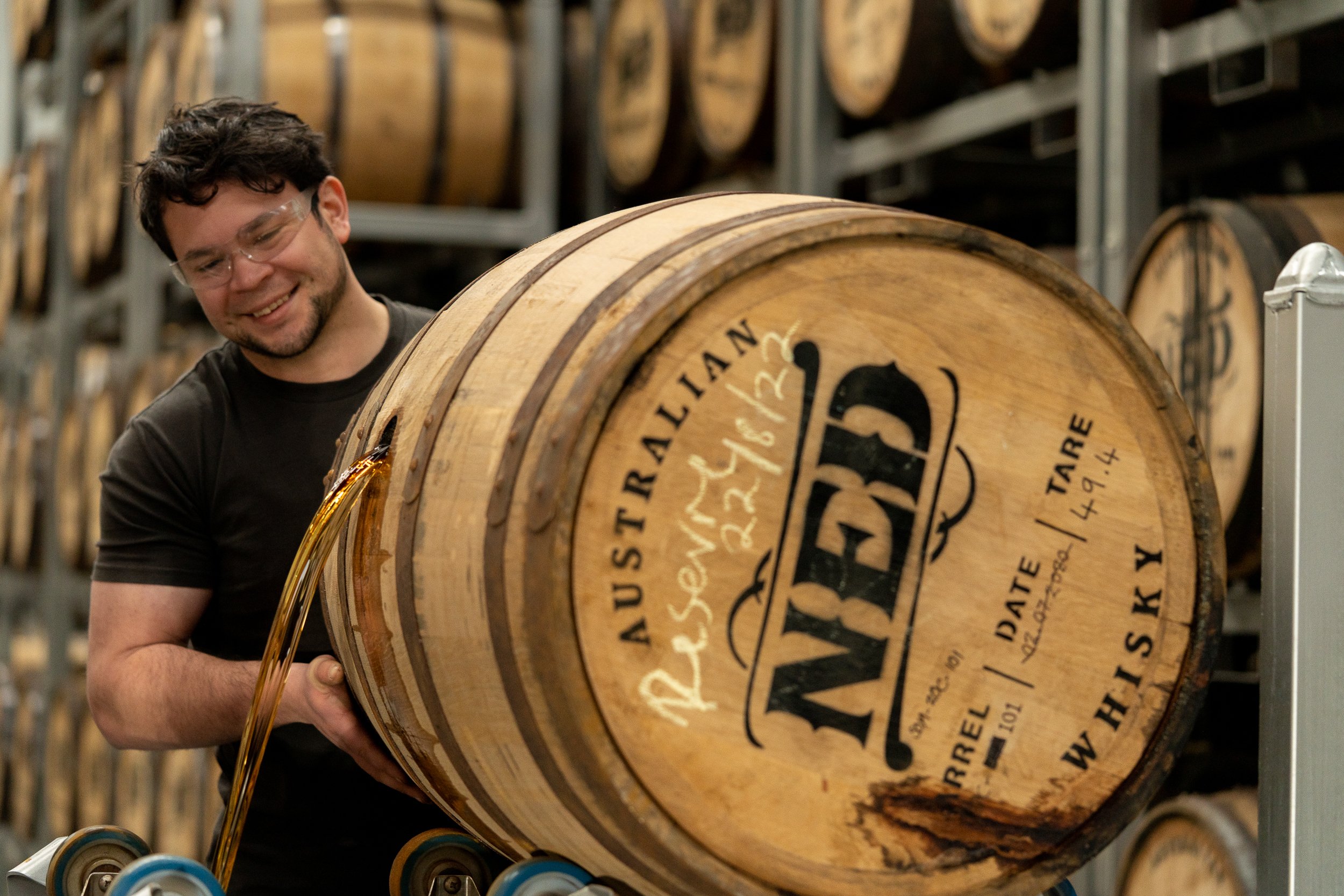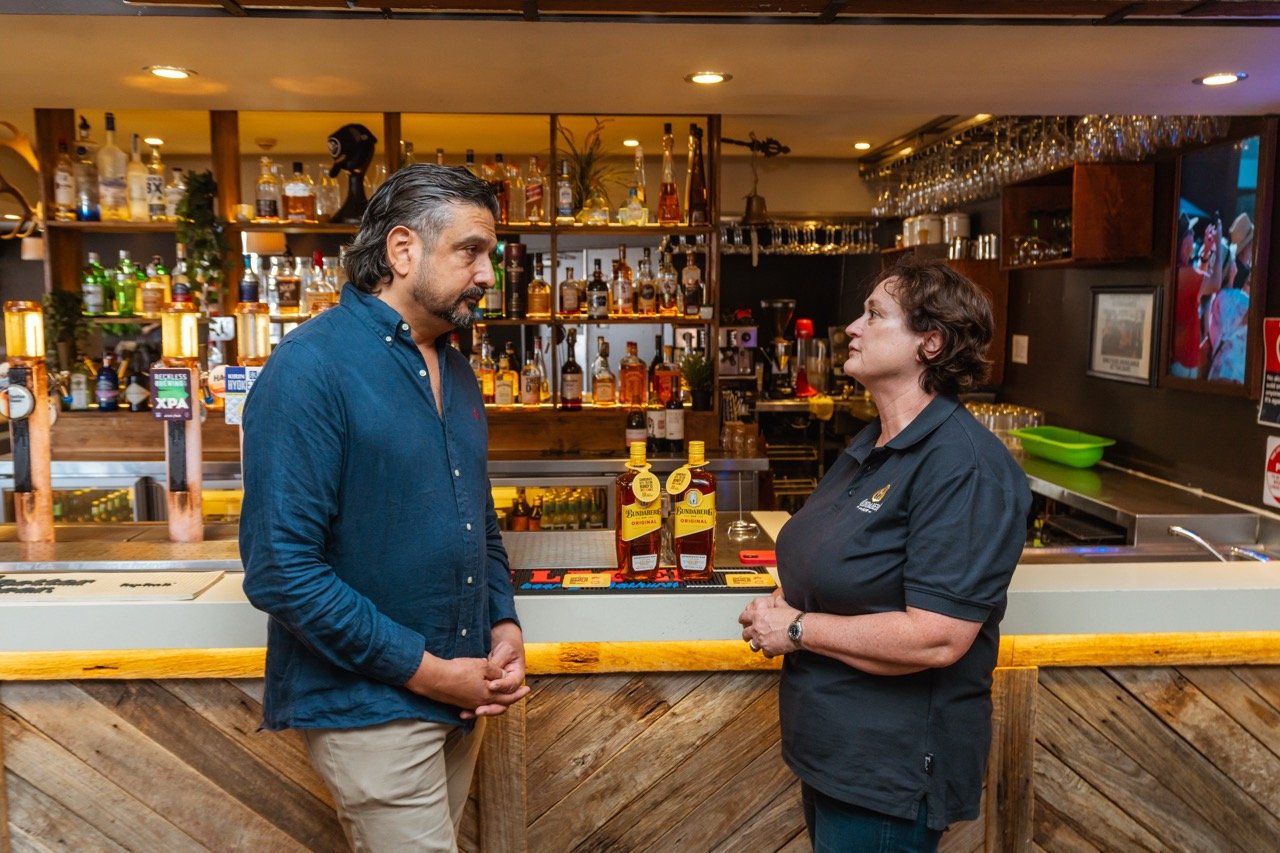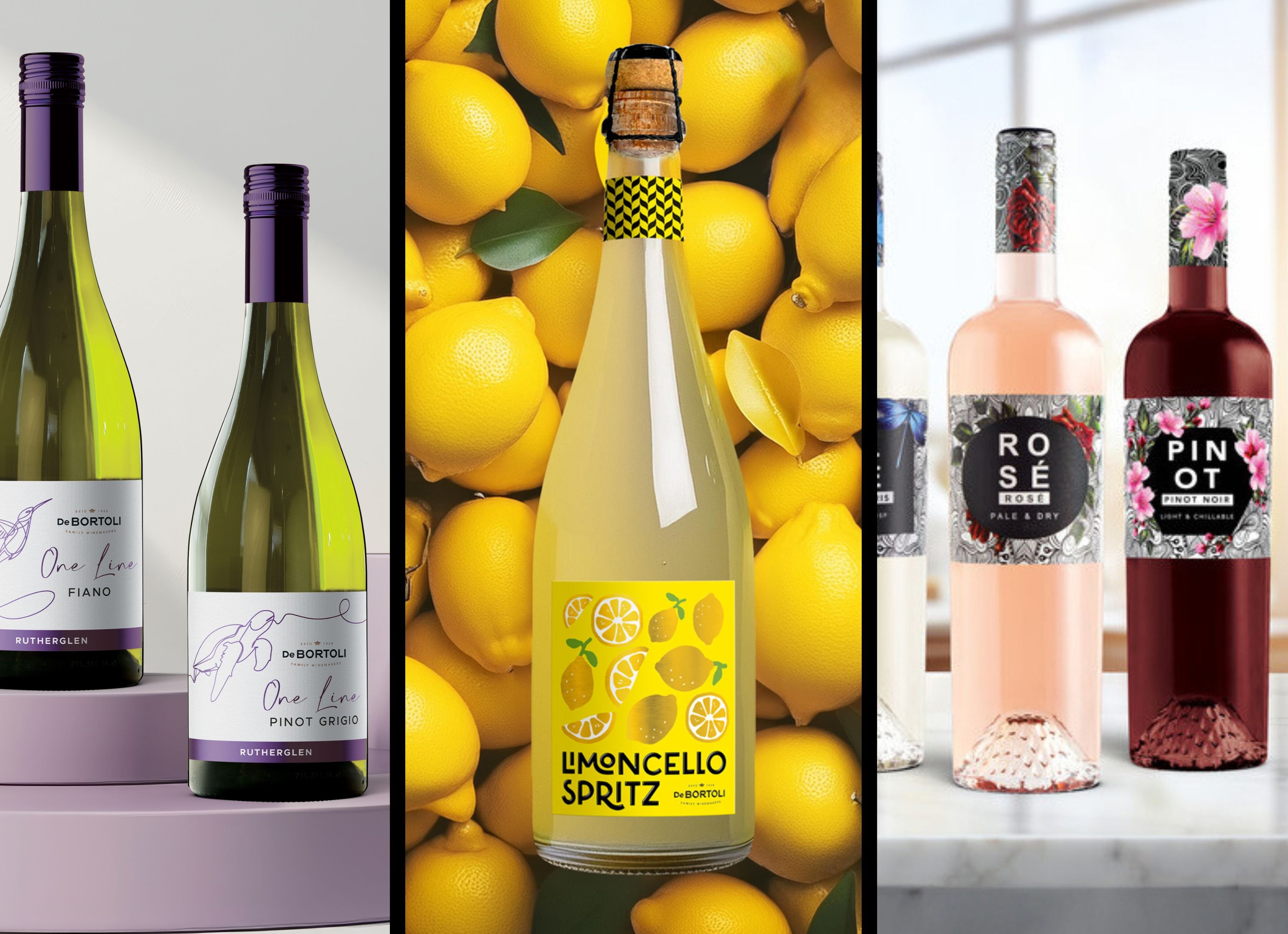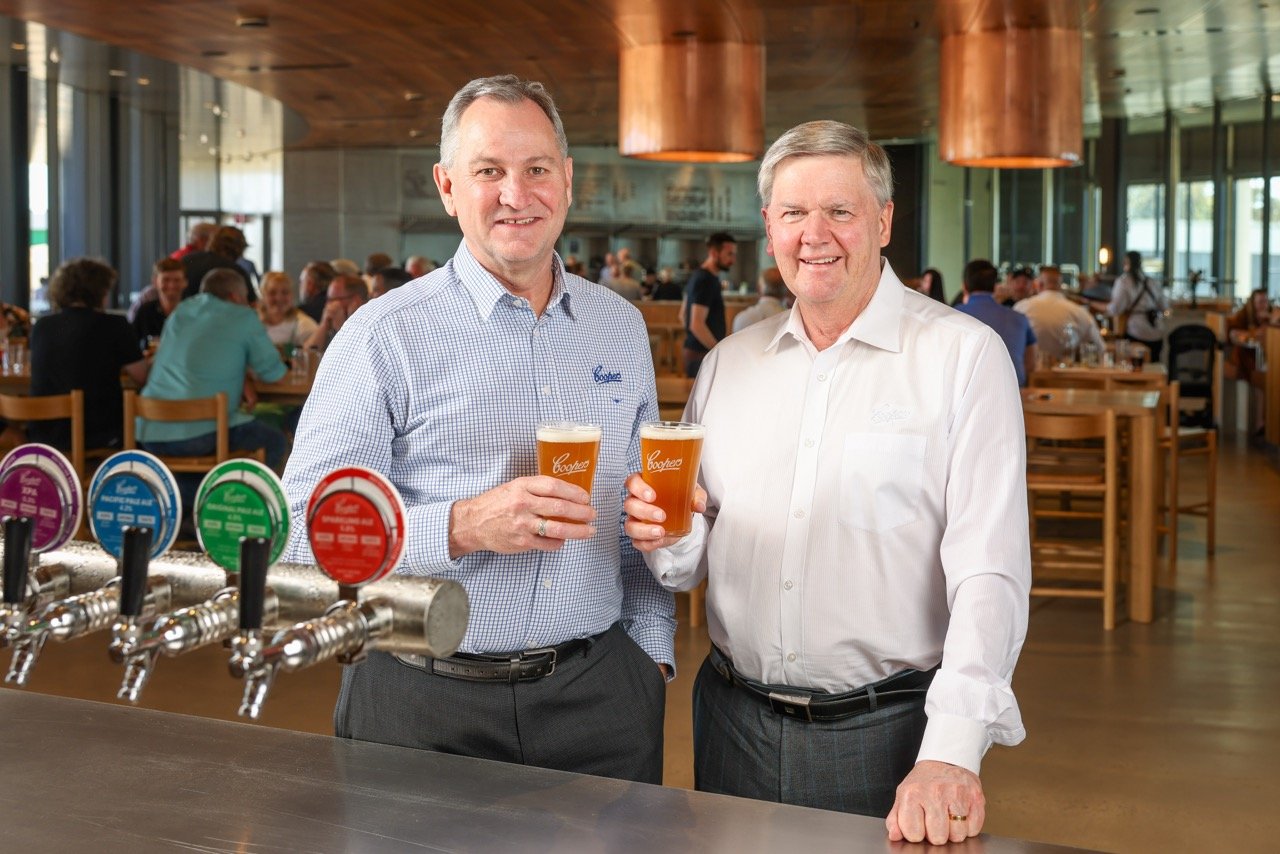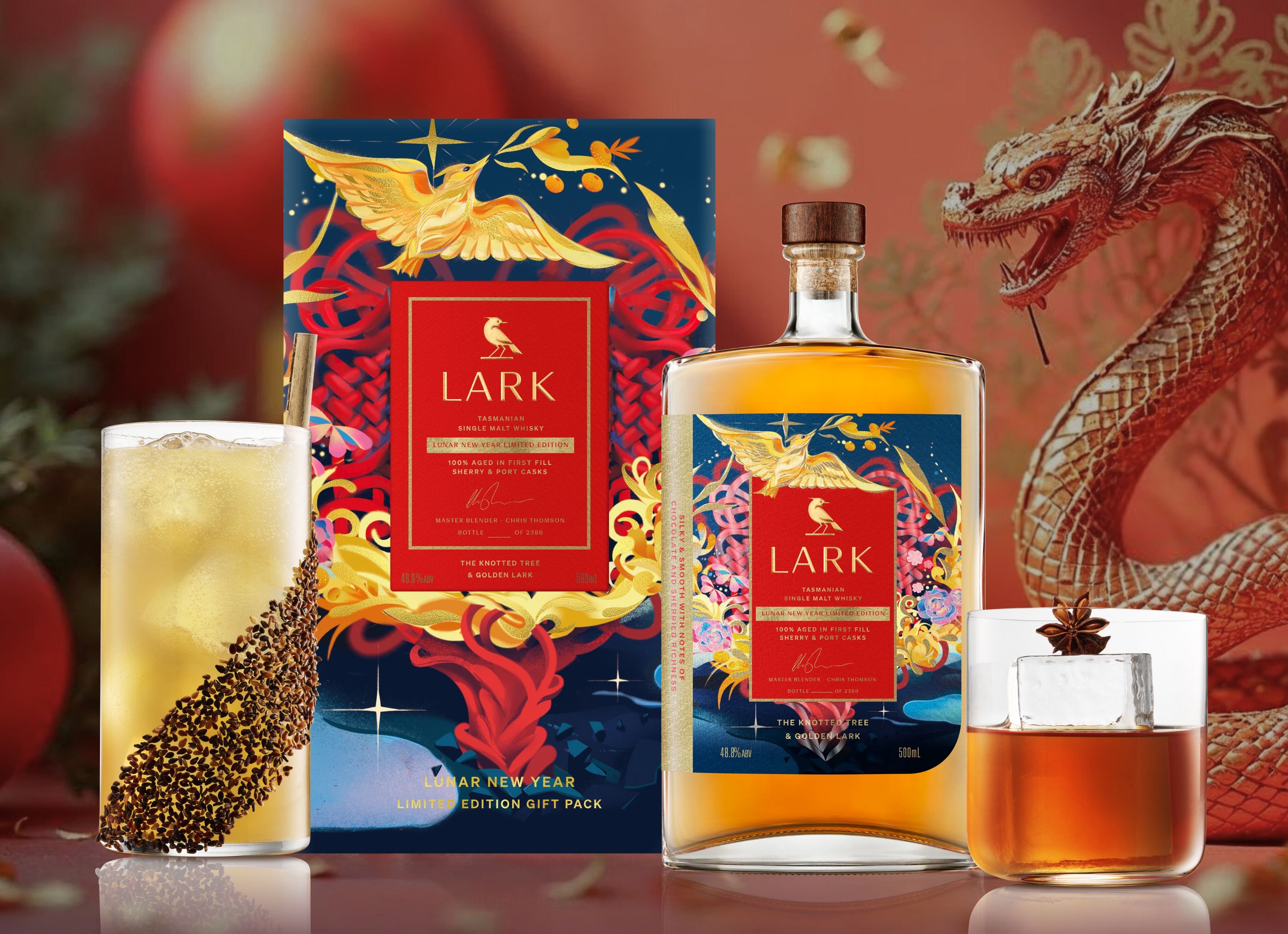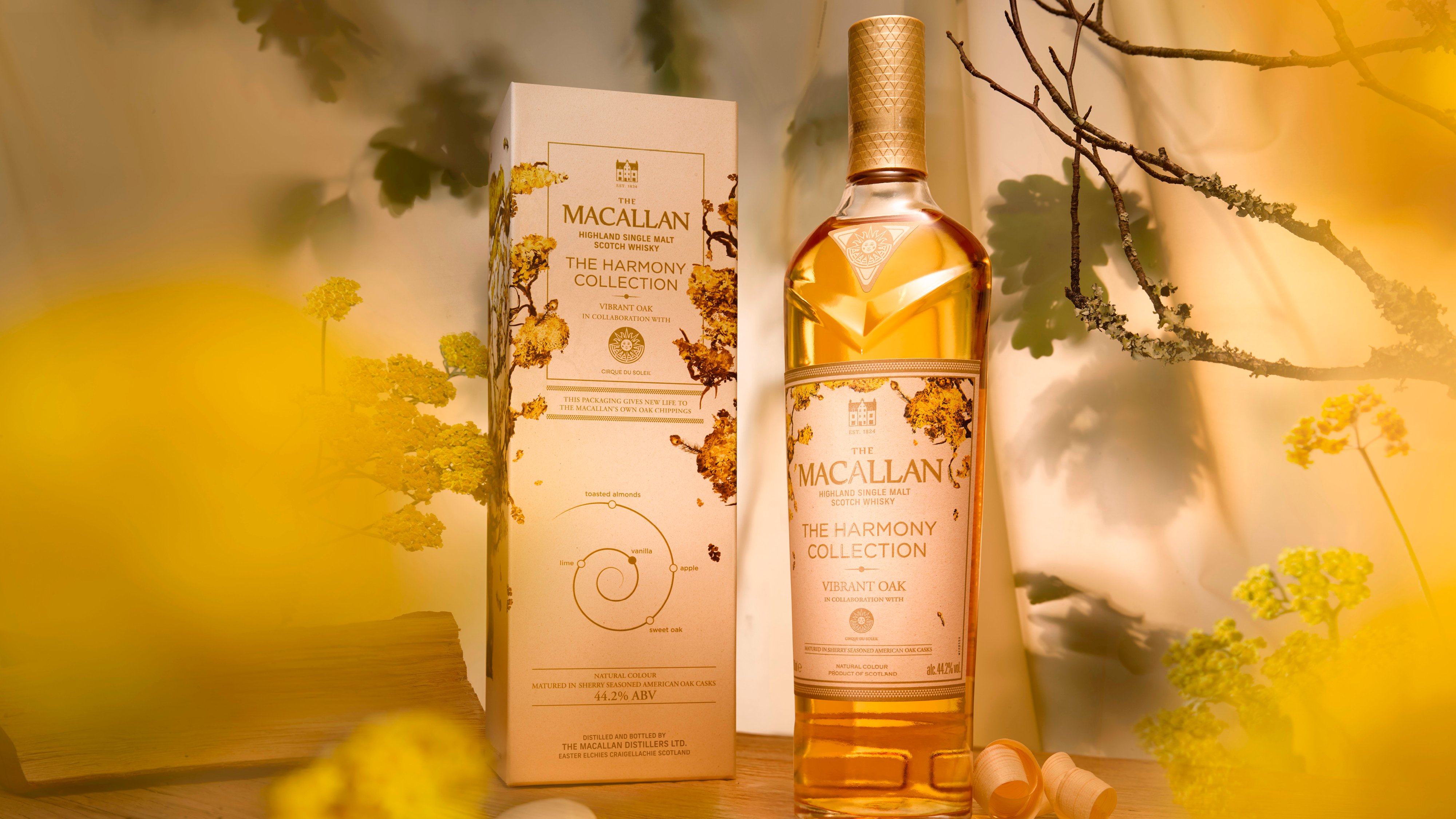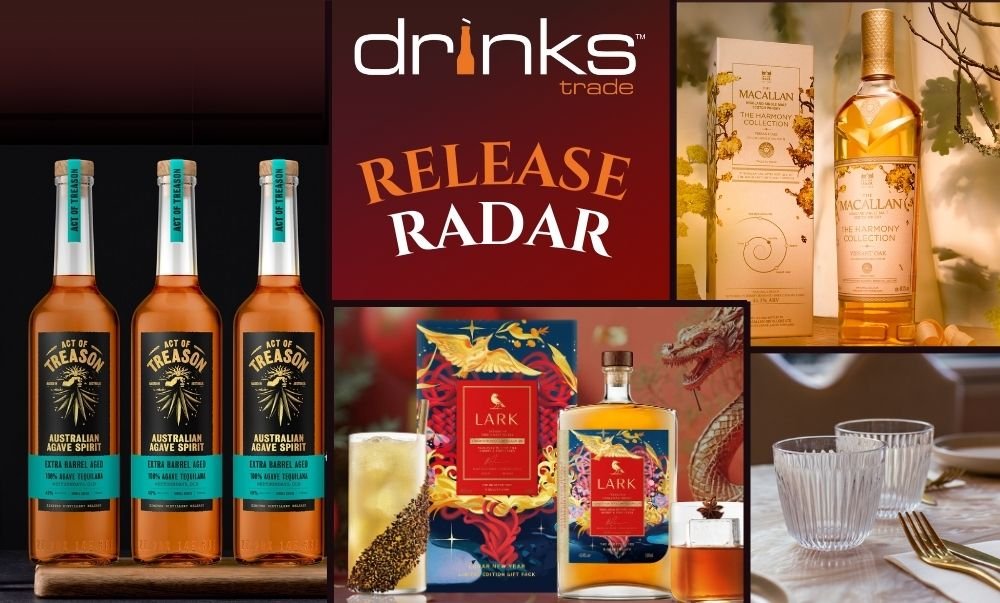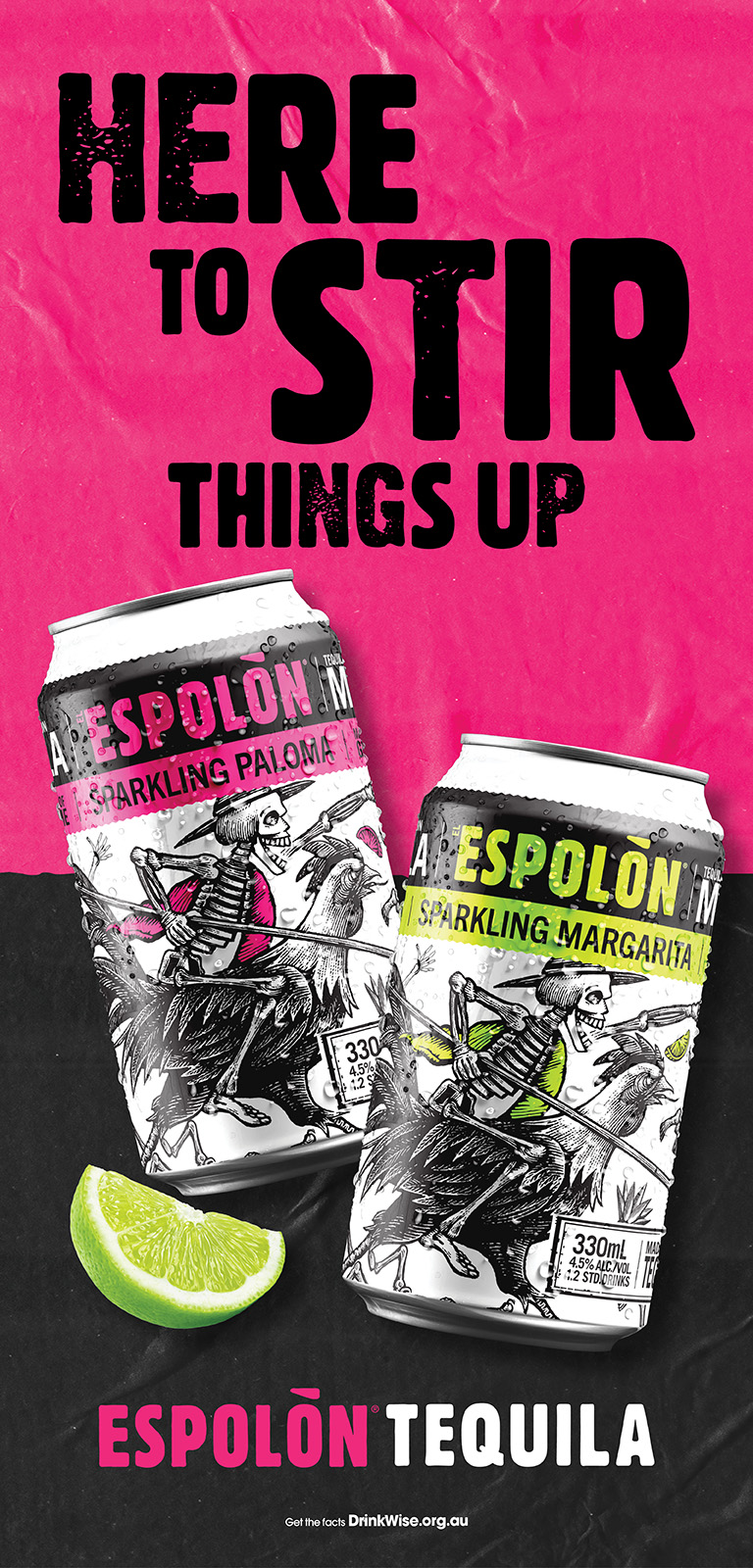Currently, many Australian spirits producers are experiencing challenging trading conditions as a direct consequence of the bi-annual CPI indexation of the spirits tax. In the wake of the most recent increase, Australia’s spirits producers are now required to pay $101.85 in tax per litre of alcohol, making it the third-most taxed spirits industry in the world.
There have already been widespread calls from all facets of the industry arguing that the current taxation rates are unsustainable.
Drinks Trade reached out to two Australian spirits producers to further discuss one of the ‘solutions’ being adopted to alleviate growing domestic pressures. Both Mother of Pearl Vodka and CAVU Distilling believe the export market could offer much needed respite, albeit not without certain caveats.
“At the outset when we started our spirits company, we knew full well that we would be focusing very much within Asia Pacific, simply because of the actual costs and excise duties [within Australia] to a point that's been excessive, and with the continuous increasing every six months, [it] doesn't allow you to have a profitable market position within your own country,” said Nic Hanckock, Co-Founder of Mother of Pearl Vodka.
“The amount of time and effort that you put into the local market nationally far outweighs what you can achieve by going into the registered positions that having your product with some of the larger distributors through Asia, ensuring that you have a bonded warehouse from Melbourne through to Singapore or into Thailand... That just makes for a more sensible, larger market and a more profit one," he said.
Despite also receiving significant local interest, Mother of Pearl was established with an export-focused business model. CAVU Distilling, by way of contrast, has recently been focusing on expanding its export presence in reaction to increasing economic pressures domestically.
“Australia has the third highest spirits tax in a world: it's complete madness… It's indexed to CPI every six months, it's literally making our business impossible to grow domestically,” said Co-Founder of CAVU Distilling Matt Hobson.
“So yeah, we've absolutely [had to make the] choice [between] going internationally or scaling our business down and reducing headcount, which we were very adverse to doing.”
Australia’s spirits industry currently supports 5,700 jobs in manufacturing, including almost half of its 701 distilleries located in regional areas. Current economic modelling predicts that, if Australia exported at its full trade potential, its export capacity could reach an annual value of $1 billion by 2035. Hobson, however, outlines that there are a number of roadblocks currently in place on Australian spirits exports.
‘It's difficult and it's expensive… there's so many barriers and difficulties in [exporting] in a very congested space,” he said.
“Actively creating a category like [we are doing] in the markets that we're in: there's no other Australian rum brand making any significant efforts in those markets, they're a long way away from home, it's expensive to do business there… [and] you've got the challenges of sacrificing business to be abroad."
One of the roadblocks limiting Australian spirits exports is that of category education and understanding. While the economic incentive is evident, Hobson believes that Australia’s industry will have to unite as a more homogenous sector to capitalise on its international value potential.
“[There] is no compelling reason for international buyers to embrace Australian spirits unless they're marketed cohesively as a distinct category in the style of scotch - for example, American bourbon, French Champagne, etc,” said Hobson.
Distribution and competition can be another roadblock to accessing export markets. Mother of Pearl Vodka attained a leg-up in its Asia Pacific growth through a partnership with distributor Octopus Group.
“We've been fortunate to be able to now export into greater Asia by our subsidiary company in Singapore,” said Hancock.
“Given the challenges of our excessive tax rates, it's a lot easier when you understand the Asian market that we promote ourselves through Asia as our first point of distribution.
“To sell directly into Asia from the bonded warehouse… we're making ourselves around that good 52 to 56% profit on what we sell for. [It’s] a higher percentage than what we can retail via wholesalers in the Australian market simply because [of] the excise duty and the taxes that are involved.”
Share the content



